How Famine Under the Nazis Revealed the Cause of Celiac Disease
A food shortage helped one doctor prove his theory.

In the winter of 1944, the city of the Hague was going hungry. In fact, all the cities of the western Netherlands were hungry. Railway workers and the country’s government in exile had defied German occupiers with a strike. In response, the Nazis significantly cut off the country’s most populated region from food supplies. The canals also froze, making transportation and escape impossible. What resulted was the “hunger winter,” a famine of unprecedented scale.
Solutions were few. Fuel ran out quickly, and some residents even ground up tulips to make flour. One group, however, wasn’t suffering as much as expected. In the Hague’s Juliana Children’s Hospital, pediatrician Willem Karel Dicke noticed that the children in his care with celiac disease were improving, even as they starved.
Doctors had known about celiac for years. But there was no consensus on its cause, or how to treat it. It acquired its name in 100 A.D., when Greek* physician Aretaeus of Cappadocia was stumped by an ailment with symptoms of weakness, malnutrition, and diarrhea, which he dubbed koiliakos.
Today, celiac disease is known to be a genetic autoimmune disorder. Those afflicted have a severe reaction to gluten, a protein found in grains such as wheat. It can be a challenge to diagnose, but once identified, the treatment is simple: eating a diet free of gluten.
But at the dawn of modern medicine, celiac remained a frustrating mystery to doctors. Even worse, the disease had the greatest effect on children. Celiac was often a death sentence. By inflaming the small intestine and causing malnutrition, the disease could irreparably stunt physical growth and mental development. Children with advanced celiac disease had horrifying symptoms: rashes, withered limbs, and large swollen bellies, like famine victims.
By the time Dicke entered the field, others had already been working on a remedy. Doctors observing children with celiac eventually ruled out a bacteriological source, especially since it seemed to affect children from all backgrounds. In fact, it particularly affected wealthy children. (Although one doctor, Christian Archibald Herter, theorized that poorer children succumbed too quickly for a diagnosis.)

One thing actually seemed to work: a banana diet. Sydney Haas, an American doctor, started promoting bananas as a cure in 1924, believing that complex carbohydrates, such as starch, were the culprits. Ripe bananas contain nearly no starch. Luckily for children with celiac, they also contain no gluten. Haas’s theory was widely disseminated, and it received so much support from banana companies that fellow doctors accused him of advertising on their behalf. Parents frantically sought the fruit for their “banana babies.” Though he likely saved many lives, Haas incorrectly believed his banana diet resulted in a permanent cure. Adults with the disease reintroduced wheat and other grains into their diets, often with deleterious effects.
Dicke, a pediatrician, had long suspected that wheat was the main celiac offender. In 1932, he attended a meeting of the Dutch Society for Pediatrics, where another doctor presented a medicinal powder to combat celiac. However, the powder was sometimes administered alongside bread and marmalade. Dicke noticed that relapses corresponded with the bread. In 1936, the same year he became the director of the Juliana Children’s Hospital at age 31, he began a long-running observation of a child with celiac. The boy ate wheat-free while at the hospital. But when he returned home, the boy’s parents reintroduced a typical diet against Dicke’s wishes. When Dicke mapped the boy’s growth patterns, they corresponded to his time spent at home and at the hospital.
But war was looming. In 1940, Germany occupied the Netherlands, and the next few years were brutal. The Nazi-led occupying forces killed resistance fighters and civilians, and deported most of the nation’s Jewish population to concentration camps. Meanwhile, Dicke chipped away at his theory. Months into the Nazi occupation, he presented a speech to the Dutch Society of Pediatrics. In it, he observed that the banana diet popularized by Haas did ward off celiac. But there was one problem: The wartime Netherlands had no bananas, and the whole country was under strict rationing. He proposed the following alternative: absolutely no bread, the occasional biscuit, and “sweet or sour porridge” that had no wheat flour.
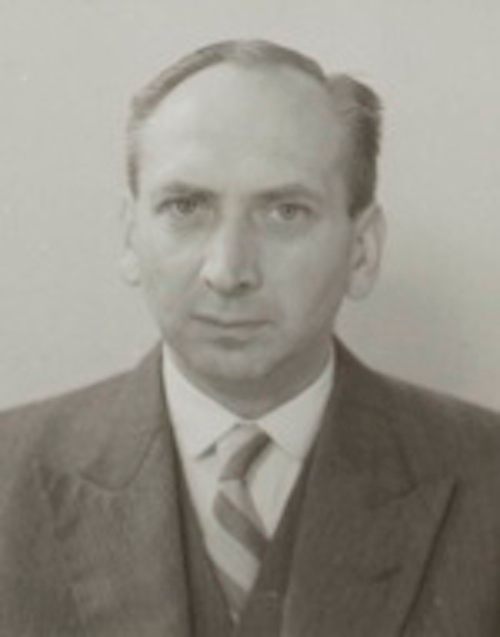
One person best remembers Dicke during this time: his son, Karel A. Dicke, a hematologist and oncologist now living in Texas. Dicke describes his father as a driven leader with a calm facade, and he says his father fought against the occupation. (He also describes his mother as a “powerhouse” who joined the Dutch resistance and sent information on minefields and German defenses to London.) When Karel was a small child, he says his father was arrested for hiding stranded Allied pilots in the hospital basement. “He was betrayed, and the Germans took him to prison,” Karel says. He wasn’t shot only because the city needed doctors, especially pediatricians.
1944 was the beginning of the end of the war. In September, the exiled Dutch royals ordered a railroad strike, which was meant to hinder German troop transport. Liberation seemed so close that 65,000 Dutch collaborators fled to Germany. In retaliation, Germany halted supplies into the western Netherlands. Food dwindled quickly, and soon the Dutch were eating tiny amounts of bread, potatoes, and sugar beets. “Nothing was so important as food,” wrote survivor and journalist Henri A. Van Der Zee. “I remember getting up in the morning thinking of food: the whole day long we talked about food; and I went to bed hungry and dreaming of food.”
While the Allies slowly liberated southern areas of the Netherlands, Nazis tightly controlled the west. Approaching the hospital was “a minefield,” Karel recalls. Within the hospital, Dicke’s wife later explained, her husband ordered tulip bulbs in for patients to eat. This was risky: Tulip bulbs have nearly no nutritional value, and they contain glycoside, which can be poisonous. But many Dutch had no choice, and 140 million bulbs were eaten throughout the war. “Let me tell you,” Karel says, “it’s better to have tulips in the backyard than to eat them.”

But to Dicke’s surprise, something remarkable happened. “To the [celiac] children, the shortage of food was less severe than the toxic effects of wheat products,” he reported. Karel remembers that while other children were “miserable” for the lack of bread, his father’s celiac patients were thriving. When there was beschuit, or twice-baked bread, the children became sick once more. “There was a clear-cut difference,” Karel says. The mortality rate of children in the Netherlands with celiac fell during the food shortage from 35 percent to nearly zero.
On April 29, 1945, Allied forces began airdropping supplies to hungry Dutch citizens. The liberation of the Netherlands, led by Canadian forces, was finalized on May 5. “It was not raining bombs, it rained bread,” Karel recalls reverentially. He and his brother were thrilled. The first American Karel met in the Hague was a black soldier, the first black person he had ever seen. The soldier carried him on his shoulders through the celebrating city. “His name was John,” Karel says. “It was maybe a 15 minute encounter. I will never forget it.”
Though the family had a terrifying wartime experience, they recovered. “We all survived, so we counted our blessings,” he says. But children once more began suffering from celiac disorder. Dicke, who contemporaries considered a vigorous scientist, embarked on five years of research to prove and record what he had observed during the war. In 1948, using five test subjects, Dicke provided different cereals for them to eat, carefully measuring patient weight and examining feces for fat absorption. In 1950, Dicke published his findings that wheat and rye flour aggravated celiac symptoms. Importantly, he also gave the children wheat starch to no ill effect, discounting the theory that complex carbohydrates were the cause. With the help of other colleagues, he later pinpointed gluten as the ultimate culprit.
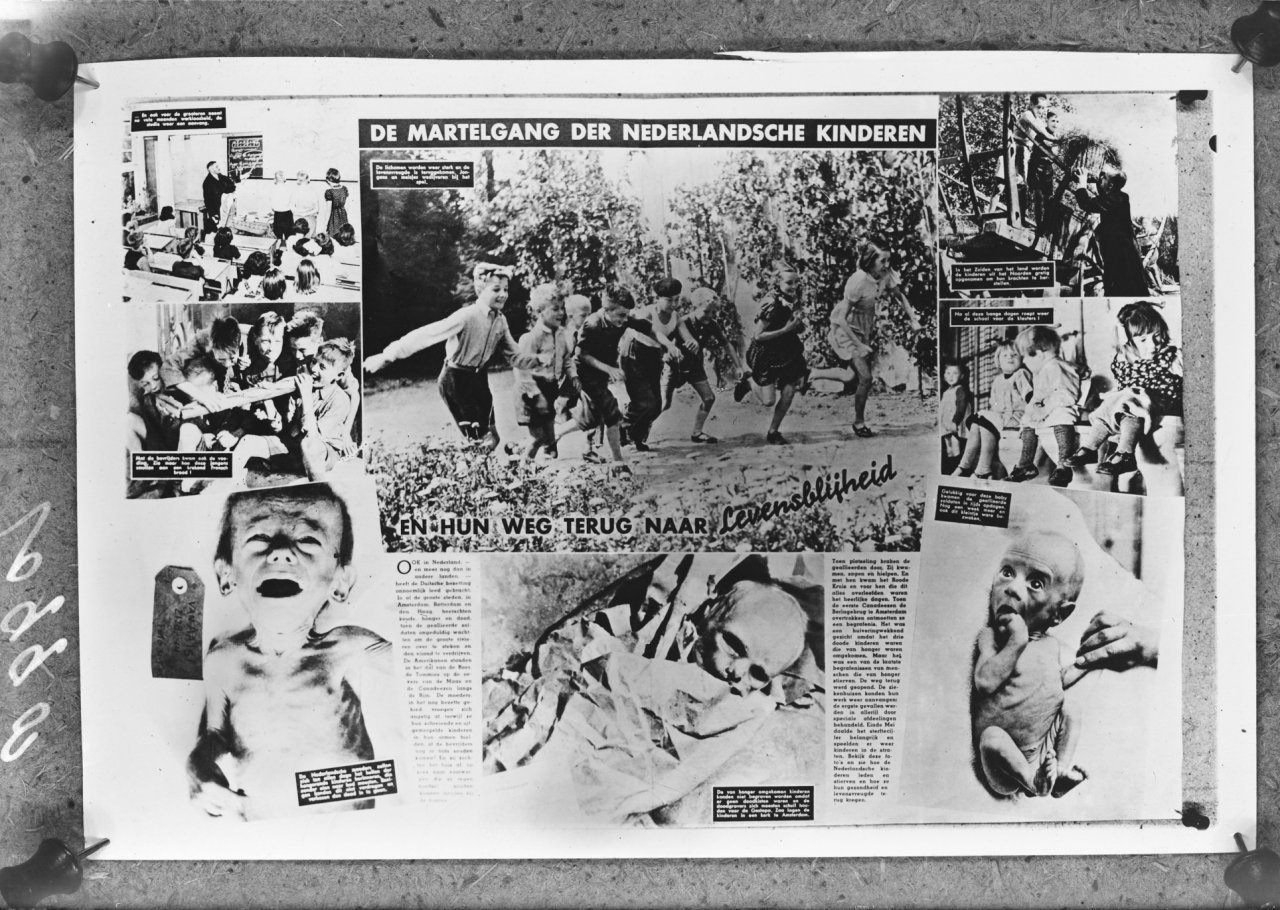
Almost immediately, writes Emily K. Abel in her paper The Rise and Fall of Celiac Disease in the United States, doctors reproduced Dicke’s results and gluten-free diets became the standard treatment for celiac in Europe and Australia. Adoption was much slower in the United States, though, as the banana treatment remained the norm due to the influence of Haas, who dismissed Dicke’s discovery. During a 1947 visit to America, Dicke told doctors about his theory. “Nobody believed him,” a colleague later said. Many cases of celiac in the U.S. still go undiagnosed.
The Netherlands Society of Gastroenterology drew up an award for outstanding work in the field, and the first Dicke Medal was given to Dicke. But he was almost awarded a greater honor: the Nobel Prize for Medicine. The committee discussed a Nobel for Dicke in 1962. A week later, however, Dicke died at the age of 57. Nobel Prizes, unfortunately, are not awarded posthumously.
But Dicke was a humble man, and Karel says he wouldn’t have wanted the prize. Dicke had known he had a terminal case of cerebrovascular disease, and that knowledge hung over them both as Karel shadowed his father as a young medical student. Karel remembers his father dismissing the award as unimportant. Instead, Karel says, Dicke would have appreciated that millions of people thrive while living with celiac today. Ultimately, Karel sums up his father’s life in a few words. “For the children,” he says. “For the hospital. For medicine. For Holland. And for us as a family.”
*Correction: This story previously stated that Aretaeus of Cappadocia was Turkish. He was Greek.
Gastro Obscura covers the world’s most wondrous food and drink.
Sign up for our regular newsletter.







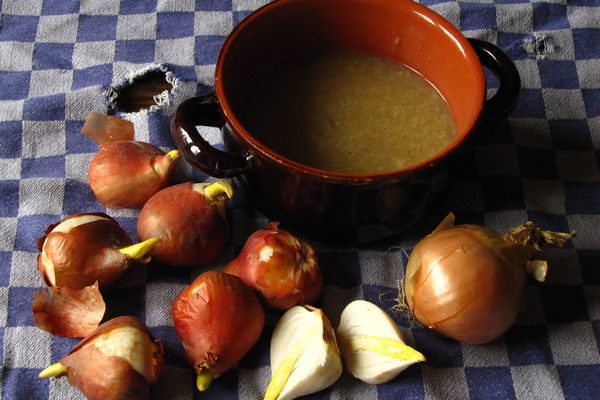
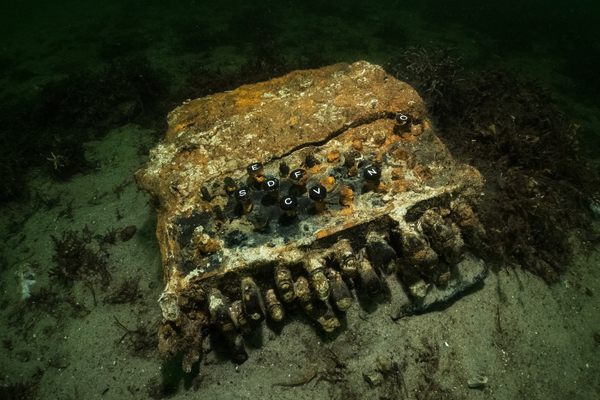























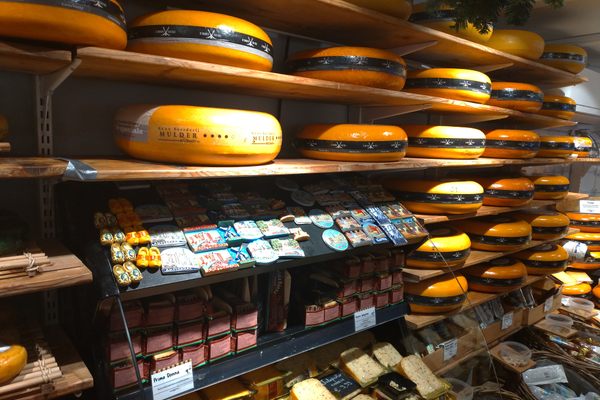

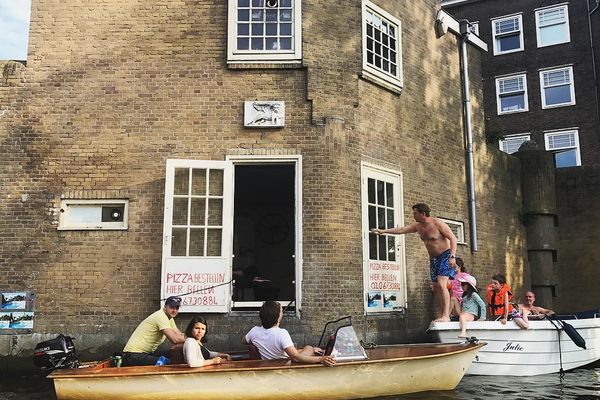


Follow us on Twitter to get the latest on the world's hidden wonders.
Like us on Facebook to get the latest on the world's hidden wonders.
Follow us on Twitter Like us on Facebook